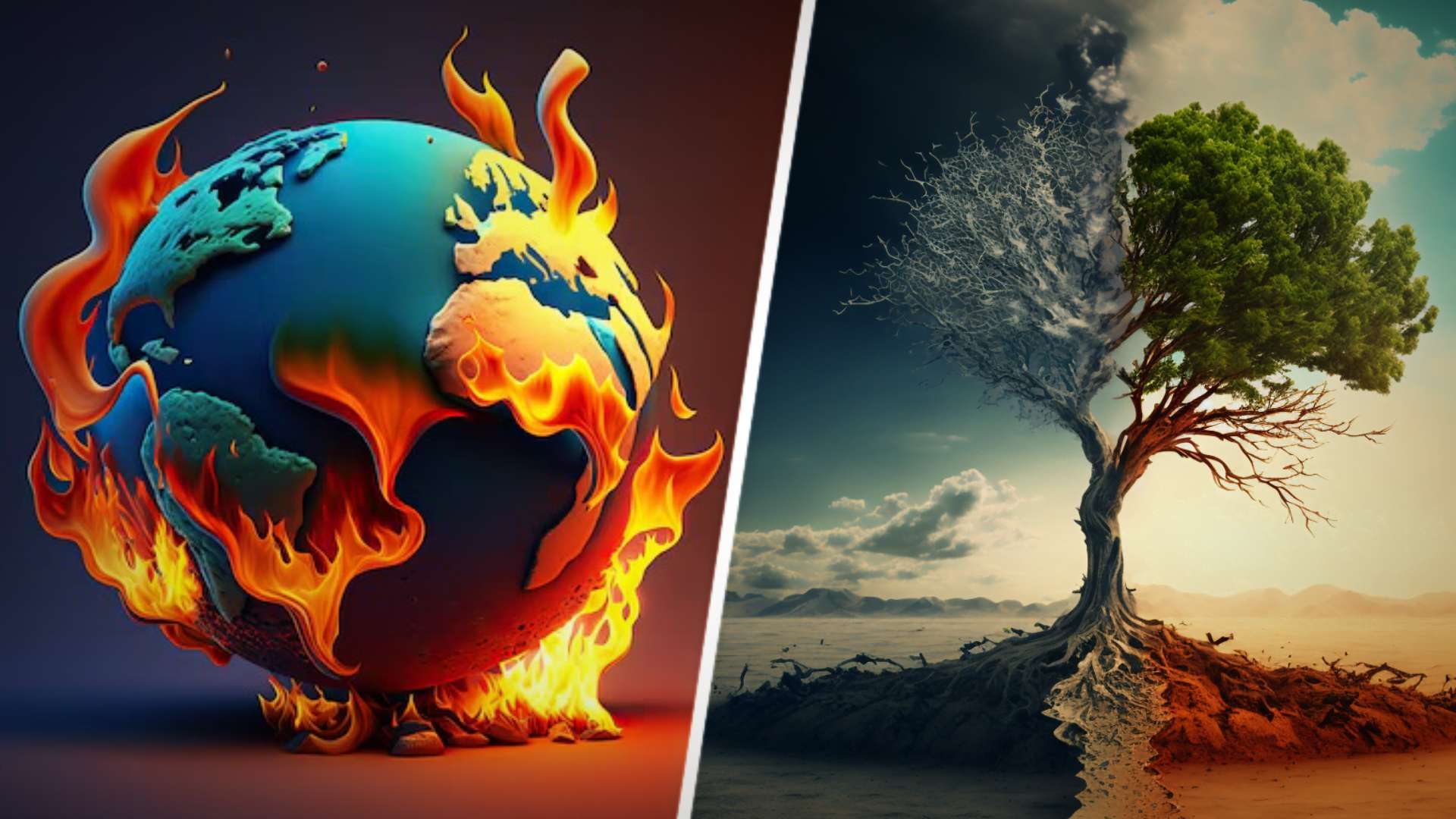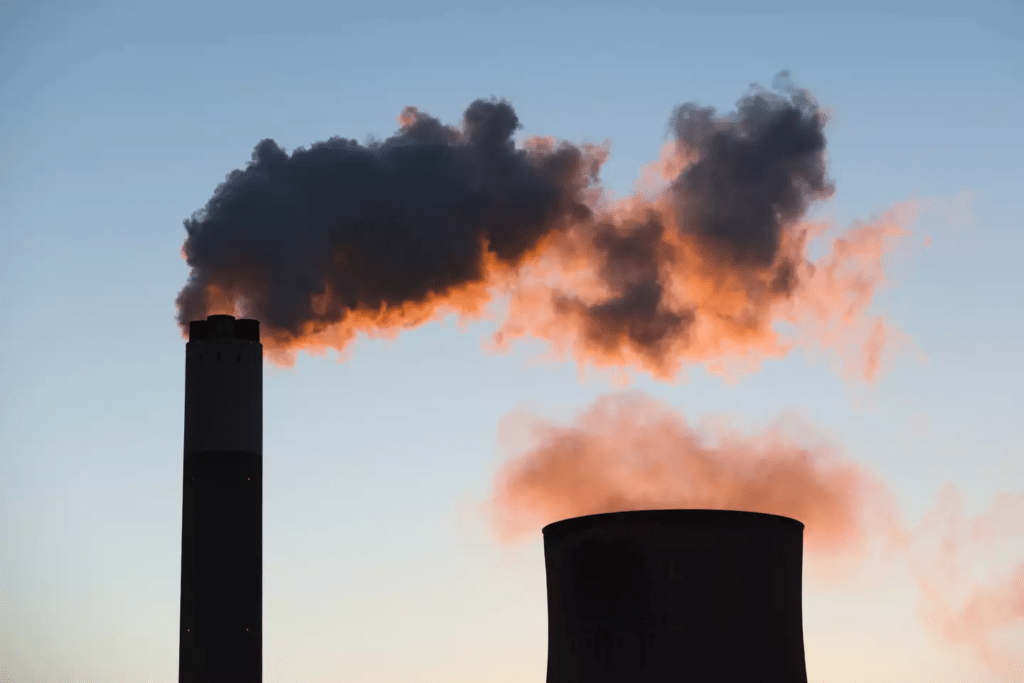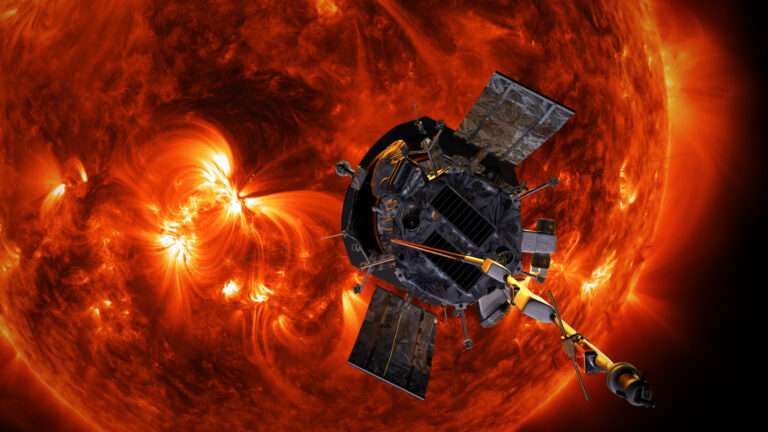A Future on Fire: Scientists Reveal the Deadly Toll of Climate Change

Doomsday Clock: Ticking Closer to Midnight
On January 28, 2025, the world will once again turn its attention to the Doomsday Clock, a symbolic representation of how close humanity is to a global catastrophe. This annual event, maintained by the Bulletin of the Atomic Scientists, has become an eerie reminder of how our actions—or inactions—shape the fate of the world.
This year, experts predict the clock will edge even closer to midnight, signaling an unprecedented level of risk. In 2023, it stood at 90 seconds to midnight, the closest it had ever been. If things continue on this trajectory, we could see a record-low time remaining before global disaster becomes unavoidable.
While ongoing conflicts like the Russia-Ukraine war and unrest in the Middle East play a role in this countdown, one crisis is unfolding right before our eyes, yet many continue to ignore it—climate change. The destruction it brings isn’t some distant future scenario; it’s happening now, and it’s accelerating faster than scientists ever predicted.
Climate Change’s Devastating Reality in 2024 and 2025
The past year alone has been a stark reminder of what’s at stake. In 2024, the United States faced 27 major climate disasters, including hurricanes, wildfires, and extreme storms, each causing more than $1 billion in damages. The economic burden of these disasters isn’t just a temporary setback—it has long-term effects on infrastructure, insurance rates, and even public health.
Just as 2025 began, a series of deadly wildfires in Southern California led to at least 29 deaths and $250 billion in destruction—a grim start to the year. The damage left behind displaced thousands of families, destroyed natural ecosystems, and left toxic air lingering over entire regions, worsening respiratory diseases.
Despite the mounting evidence, climate change skeptics continue to dismiss the crisis. However, the numbers tell a different story:
- 2024 was officially the hottest year on record, breaking previous records with alarming consistency.
- Global temperatures surged 1.5°C (2.7°F) above pre-industrial levels, a dangerous threshold scientists had warned should never be crossed.
- Rising temperatures are fueling more extreme weather events, making floods, droughts, and wildfires more frequent and severe.

The evidence is clear: climate change is not a debate—it’s a reality that is already reshaping our planet in irreversible ways.
Scientists Predict Millions Will Die by 2099
A study published in Nature Medicine by researchers at the London School of Hygiene & Tropical Medicine offers a terrifying forecast. By analyzing 854 European cities, the team found that rising temperatures could cause 5.8 million deaths across Europe between 2015 and 2099. These deaths won’t be spread out evenly—they will disproportionately affect major cities, where heatwaves will be most intense and urban infrastructure often lacks the ability to combat extreme temperatures.
The hardest-hit cities include:
- Barcelona: 246,082 heat-related deaths due to its high population density and coastal climate, which amplifies heatwaves.
- Rome: 147,738 deaths, as the city’s historic architecture and lack of green spaces make it a heat trap.
- Naples: 147,248 deaths, where aging infrastructure and overcrowded living conditions put more people at risk.
- Madrid: 110,131 deaths, largely driven by long, dry summers that will become even hotter and deadlier.
While some may point out that 3.4 million cold-weather deaths will be prevented due to warmer temperatures, the overall result is still an excess of 2.3 million deaths. Additionally, many of these heat-related deaths will be preventable if cities take action now—yet few are making the necessary investments to protect their citizens from extreme heat.
Climate Disasters: The Uncounted Death Toll
More concerning is that these numbers don’t even account for deaths from extreme weather events like hurricanes, floods, or wildfires. The real death toll will be much higher when factoring in:
- Heatwaves causing fatal dehydration and heat strokes, particularly among vulnerable populations like the elderly and young children.
- Droughts leading to food shortages and malnutrition, disproportionately affecting poorer nations with weaker food security systems.
- Superstorms and floods displacing millions and spreading deadly diseases like cholera, dengue fever, and respiratory infections.
- Rising sea levels wiping out coastal communities, forcing mass migrations and creating millions of climate refugees.
The human cost of climate change isn’t just about deaths—it’s about the suffering, displacement, and economic devastation that will follow. With each passing year, the number of people forced to leave their homes due to climate-related disasters continues to rise, putting additional pressure on already struggling economies and increasing political tensions worldwide.
Scientists Sound the Alarm: Act Now or Face Catastrophe
Dr. Pierre Masselot, lead author of the study, didn’t mince words when discussing the findings:
“Our results stress the urgent need to aggressively pursue both climate change mitigation and adaptation to increased heat. This is especially critical in the Mediterranean area where, if nothing is done, consequences could be dire.”
The research suggests that 70% of these deaths could be prevented—but only if immediate, large-scale action is taken. Governments must act now to implement heat-resistant infrastructure, expand green spaces, and invest in clean energy. Without intervention, climate-related deaths will skyrocket, leaving entire populations vulnerable to extreme weather conditions.

Global Warming is Spiralling Out of Control
Unfortunately, scientists warn that global warming is now accelerating beyond our control. This dire warning comes at a time when some world leaders continue to undermine climate action for short-term economic gains.
Former President Donald Trump took a major step back in climate policy by signing the “Putting America First in International Environmental Agreements” executive order. This decision withdrew the U.S. from the Paris Agreement, a global effort aimed at limiting temperature rise to below 2°C (3.6°F). Critics argue that without the U.S.—one of the world’s biggest polluters—on board, the global fight against climate change faces significant setbacks.
The Paris Agreement: A Broken Promise?
Signed in 2016, the Paris Agreement was meant to be a historic turning point in the fight against climate change. However, its ambitious 1.5°C target has already been breached. This raises a critical question: Is the Paris Agreement enough, or do we need even stricter global policies to combat climate change?
With major nations failing to meet emissions reduction goals, the dream of keeping temperatures under 2°C seems increasingly out of reach. Without stronger enforcement mechanisms and political will, the agreement remains a symbolic gesture rather than a functional solution.
A Crisis We Can’t Ignore
While some politicians remain indifferent, the reality is that millions of lives are at stake. Climate change isn’t just an environmental issue—it’s a matter of life and death. The cost of inaction isn’t just measured in dollars, but in human lives, ecosystems, and future generations’ well-being.
The time for denial and inaction is over. If we don’t act immediately, the horrifying predictions of millions of deaths by 2099 may not just be a warning—they’ll be a reality.
What You Can Do
If you’re wondering how you can help, here are a few critical actions:
- Stay informed: Follow reliable sources like NASA Climate Change and the Intergovernmental Panel on Climate Change (IPCC).
- Reduce your carbon footprint: Opt for renewable energy, drive less, and support sustainable brands.
- Vote for climate policies: Support leaders committed to environmental action.
- Raise awareness: Share information on social media to keep climate change at the forefront of global discussions.
Final Thoughts
The numbers are shocking, and the stakes couldn’t be higher. Climate change is no longer a distant future problem—it’s here, and we need to act now. The Doomsday Clock may be symbolic, but the destruction of our planet is very real.
What are we going to do about it?
Featured Image Credit: Vibro1 / Getty






